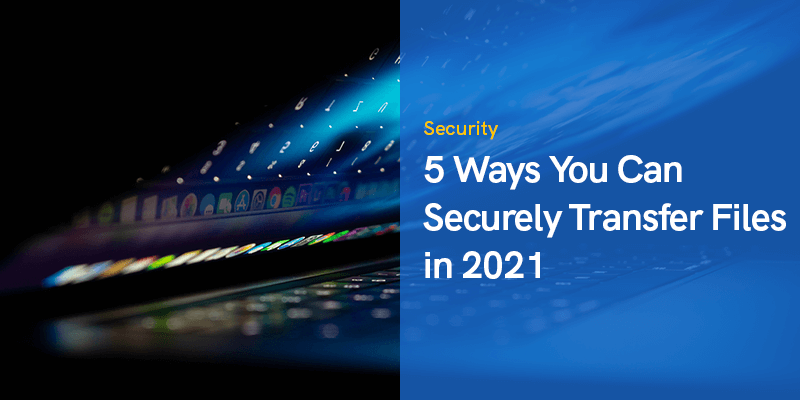File sharing is a necessity in the business world as companies have to share various documents with business partners, employees, customers, government agencies, and vendors.
But, with a cyber attack happening every 39 seconds, businesses can’t afford to skimp on file sharing security.
Hackers are increasingly using sophisticated techniques to intercept data in transit, incorporate malicious code into files, and exploit vulnerabilities in file transfer applications.
Ways You Can Securely Transfer Files
How do you protect your business with security risks increasing and evolving every day?
Below, we will look at how your company can share digital documents:
Fax With Email
Remember fax machines? Those bulky machines you had to feed your documents into and dial a recipient fax number to send it over a phone line?
There is now a digital version of this system, and it’s as safe and convenient as sending and receiving emails whether it is through a company’s email system or Gmail fax.
Internet fax is a modern technology that uses a web interface instead of a physical machine.
It offers an efficient, inexpensive, and painless way to send documents.
Just scan a paper document or create a word document, attach it to an email message, enter the fax number of the recipient and faxing service name in the address bar and off it goes.
Once you hit send, it cannot be intercepted or opened except by the intended recipient.
Encrypt Your Message
Although most cloud storage providers offer some form of encryption, you can't always rely on it to secure your data.
If a thief or a rogue employee gets hold of your device, they could easily view and download your cloud files since most providers keep you logged in by default.
To access more robust encryption solutions, you'll need to upgrade to a premium storage plan, which isn't realistic for every company.
Fortunately, some applications allow you to move your cloud files into an encrypted folder.
Nobody can access that folder without entering a password.
Other tools let you encrypt your folders before uploading them online.
Secure File Transfer Protocol (SFTP)
Although there are newer technologies, a traditional file transfer method like SFTP is not as susceptible to being successfully hacked and is a more reliable option.
SFTP is a protocol that leverages a secure connection to upload and download data from a server.
Just make sure you encrypt your data on the server you use since it isn’t stored in an encrypted format.
Use Public Key Cryptography
This data security solution is used to protect files, directories, and devices from unauthorized access.
It uses two separate keys: a public and a private one.
The public key is made available to the public, while the private one is kept safely by you.
Files locked with the public key can only be decoded with the private key, while files locked with the private key can only be accessed using the public key.
With this solution, you don't have to worry about sharing your private access codes with employees.
Train and Educate Employees
Human error is the leading cause of 95% of cybersecurity breaches.
Mistakes such as sending sensitive data to incorrect recipients, downloading malicious files, using weak passwords, misconfiguring systems to allow for unwanted access, and storing encryption keys insecurely all create vulnerabilities that attackers capitalize on.
Create a data security policy and train your employees on it, plus invest in the latest data security threats to reduce costly errors.
Everyone should know which procedures to follow when moving or storing files and what to do in the event of a breach.
Review Your File Transfer Approach
Whether you are sharing work documents with an employee or transferring customer data to a secure platform, your data transfer methods need to be foolproof.
The files should be safe in transit and be protected with advanced access control measures when in storage.

